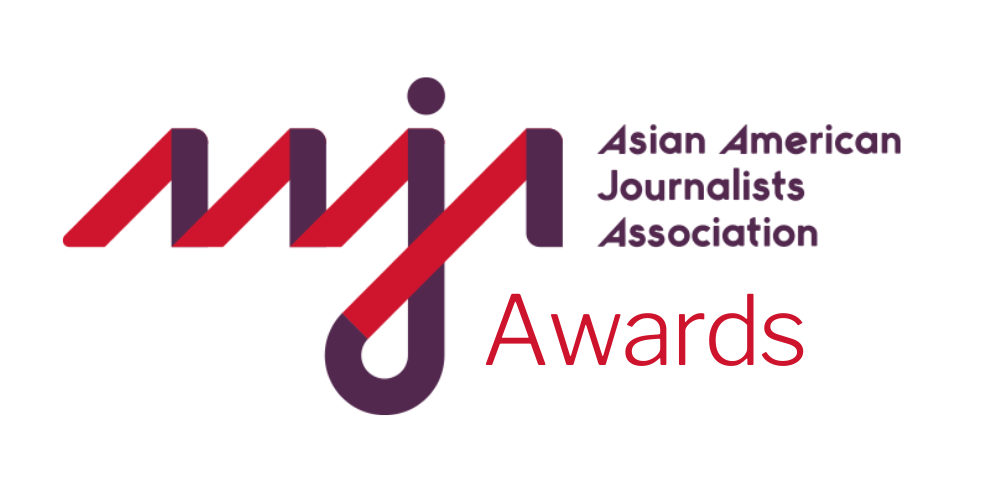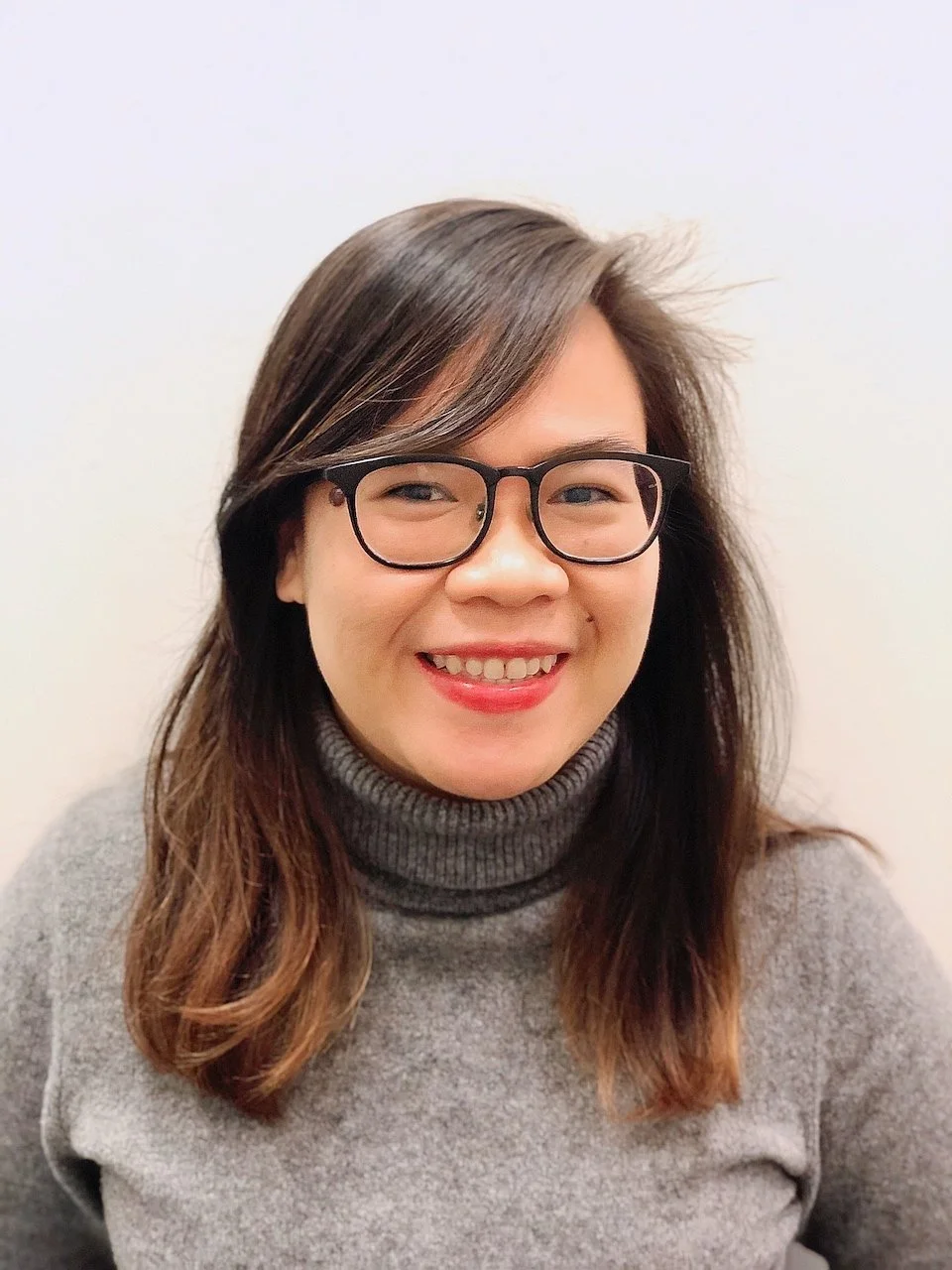Online/Multimedia Awards 2021
(Works Produced in 2020)
Excellence in Online/Digital Journalism, Engagement: Lauren J. Young
Excellence in Online/Digital Journalism, Data: Pratheek Rebala
Excellence in Online/Digital Journalism, Immersive Storytelling: Umi Syam
Excellence in Online/Digital Journalism, Engagement -
Works Produced in 2020
Lauren J. Young
(Science Journalist and Associate Editor, Popular Science)
LAUREN J. YOUNG is a science journalist, multimedia producer, and editor. Currently, she is an associate editor for Popular Science where she covers health inequities, environmental justice, biodiversity, space exploration, history, and culture. Before joining PopSci in 2021, she was a digital producer and reporter for more than four years at the public radio show, Science Friday. Lauren is based in New York, but proudly hails from the San Joaquin Valley of California.
Lauren J. Young, “A Fever In The Dust,” Science Friday
ABOUT THE PROJECT: Science Friday’s “A Fever In The Dust,” is a human-centered environmental justice story about the deadly fungal disease, valley fever. Over three years, lead reporter Lauren J. Young followed members of the valley fever community. With partner KVPR Valley Public Radio, the team conducted field reporting and interviews with scientists, clinicians, activists, and patients in endemic regions of the American West. The project reached more than 65K online readers across stories, was seen by over 1 million followers on SciFri's social media, and played to nearly 2 million radio listeners—helping to spread awareness about this illness that infects nearly 20,000 people every year in the US.
During our reporting, we received more than 50 audio submissions on SciFri VoxPop, an app that directly receives audio feedback, questions, and stories from our audience (more than 2.5K downloads). At the time, it was one of the most responded to questions ever posted to the app. “A Fever In The Dust” had more than 14K pageviews in the first week, and more than 46.5K all time views. It’s SciFri’s most viewed and read project of the multimedia platform, Methods. SciFri received dozens of emails and replies on social media. The lead author also received more than 20 direct messages via personal email and social media accounts:
“I had no idea cocci [valley fever fungus] could be fatal.”
“Hearing that it affects black people differently than whites was also interesting.”
“I’m 17, I’ve had Valley Fever for 4 1/2 years, I’ve been told that I’ll continue to fight it for at least another 3 years. I enjoyed hearing you spread information about the disease, I hadn’t heard much about the immune system yet!”
These voices provided a powerful perspective from people who have been impacted by the disease. The overwhelming response compelled us to publish a follow-up article compiling the SciFri VoxPop audio diaries. A number of audience stories also clued us in to the strikingly similar symptoms of valley fever and COVID-19. One listener emailed: “Nearly all the symptoms and problems these [long-COVID patients] are experiencing are nearly identical to what I had with Valley Fever.”
We continued to check in with valley fever patients during the pandemic. In January 2021, we produced a story about audience member Anna Antonowich who survived valley fever but was then diagnosed with COVID-19. We also reconnected with valley fever patient Arthur Charles and clinicians in Bakersfield who were now fighting two dangerous respiratory diseases. After the story, one of the clinicians emailed, “it brings light to many lives affected by valley fever. On behalf of our patients please accept my sincere highest level of appreciation.”
The series not only spread awareness of the disease, but encouraged people on social media to tell others living in endemic areas to get tested for valley fever. The project was picked up by local and national outlets such as KQED, CalMatters, Massive Science, and Nature PBS. We hope the piece is building awareness of a growing environmental health problem.
Lauren J. Young accepts the 2021 Excellence in Online/Digital Journalism: Engagement Award.
Excellence in Online/Digital Journalism, Data -
Works Produced in 2020
ABOUT THE PROJECT: A precedent-reversing Supreme Court decision, a norm-destroying president with a majority party that had closed ranks behind him, demographic shifts that threatened their hold on power and a global pandemic set the stage for a battle over Americans’ fundamental right to equal access to the electoral process in 2020.
The Center for Public Integrity and the Pew Charitable Trusts’ Stateline “Barriers to the Ballot Box” project put a year’s worth of reporting into providing a comprehensive investigation of voter disenfranchisement in the 2020 elections that included open-source data journalism that has fueled other news organizations’ reporting, academic research and on-the-ground solutions to Election Day obstacles.
Noting a pattern of polling place closures in predominantly Black communities following a U.S. Supreme Court decision in Shelby vs. Holder in 2012 that gutted the federal Voting Rights Act, and how much was at stake in the 2020 election, Public Integrity news developer and AAJA member Pratheek Rebala got to work quantifying the impact. We filed more than 1,200 public records requests and spent a year doing painstaking database work to track every polling place location in the United States as they existed in 2012, 2014, 2016, 2018 and 2020.
Public Integrity and Stateline published the data on Github in the early fall of 2020 for anyone to use, and in addition to fueling the journalism that went into “Barriers to the Ballot Box,” it was the foundation of reporting about polling place closures and access by the New York Times, Wall Street Journal, NPR and local news organizations such as the Wisconsin Center for Investigative Reporting. It has also been used by data scientists using cell phone information to track wait times at polling places, and by activists fighting for equal voting access in the November election and runoff elections that have followed. The previous absence of a comprehensive data set like this had prevented journalists, academic researchers, activists and national elections experts and professional organizations from quantifying Shelby’s impact. And we expect it to be the foundation of arguments in future court cases on voting rights that will likely go all the way back to the U.S. Supreme Court.
For “Barriers to the Ballot Box,” Public Integrity and Stateline paired polling place data with historic voter files for an innovative look at the racial and ethnic disparities in the physical distance individual voters had to travel to vote in the wake of polling place closures.
For investigating voter disenfranchisement ahead of the 2020 election and its deliberate, disproportionate impact on people of color, we are honored to nominate “Barriers to the Ballot Box” for the AAJA Awards.
RUNNER UP: Leon Yin, “Google’s Top Search Result? Surprise! It’s Google” and “How We Analyzed Google’s Search Results,” The Markup
Pratheek Rebala
(News Developer, Center for Public Integrity)
PRATHEEK REBALA is a news developer at the Center for Public Integrity whose work on "Copy, Paste, Legislate," an investigation into copycat legislation written by lobbyists, won the Goldsmith Prize in 2020 and whose work on "Barriers to the Ballot Box," a project on voting access, was a finalist for the Toner Prize for Excellence in National Political Reporting. He joined Public Integrity after graduating from the Elliott School of International Affairs at George Washington University in 2017.
Excellence in Online/Digital Journalism, Immersive Storytelling - Works Produced in 2020
Umi Syam, “Chinatown, Resilient and Proud,” The New York Times
Umi Syam
(Graphics/Multimedia Editor, The New York Times)
UMI SYAM is a graphics and multimedia editor in the Digital News Design department at The New York Times. She tackles a lot of visually-driven features and award-winning enterprise storytelling projects ranging from the Olympics to the mayoral and presidential elections. Projects she was involved with have earned several awards and honors from the Society for News Design, the New York Press Club, Malofiej, The Publisher’s Award and the Society of Publication Designers. She holds a MFA in design and technology from Parsons School of Design, which brought her to NYC from Jakarta, Indonesia.
ABOUT THE PROJECT: Early in the pandemic, Michael Kimmelman, The New York Times’ architecture critic, imagined a new column where he talked to notable architects and authors about the buildings, history and street life that define some of New York’s most storied neighborhoods. In the fall of 2020, with people of Asian descent being targeted for abuse, and businesses in Chinatown hit especially hard, he wanted to explore the enduring spirit of the neighborhood and its long, vibrant history.
So he turned to Umi Syam, a graphics and multimedia editor, and The Times’ Research & Development team. Together, they created a guided architectural walk through Chinatown in Manhattan, using a pioneering three-dimensional “photogrammetry” treatment and an inventive design by Syam. It was a stunning example of how graphics, photography, data and interviews can work together to immerse a reader in an environment.
Photogrammetry allows readers to feel as if they can physically move through a space, guided by a writer. As the reader moves a cursor, text blocks pop up offering information about the sights. The process involves taking thousands of still photographs (about 4,400 in this case) and using software to stitch them together into a three-dimensional environment.
For a walk through the short and twisty Doyers Street, historical photographs were integrated into the photogrammetry, so that readers could experience the street in both its current state and in its previous lives over a century. One highlight was the legendary Nom Wah Tea Parlor, which had just celebrated its 100th anniversary. The story was enhanced by many new photographs by Alex Lau.
This was the very first time historical photographs had ever been placed into a New York Times photogrammetry experience. Its apparent ease is belied by the innovation required: Syam worked with the Research & Development team to build an interaction that allowed for a seamless integration of old and new images in three-dimensions — one that also, importantly, occurs (or could occur) in real time and space. This can also be experienced live — a person can point a smartphone camera at the story locations, and view the historic photos on their phone screen. This is a major and fundamental innovation in the use of Augmented Reality as a tool for storytelling.
Syam's work has substantially expanded the experience of immersive journalism — a potential that opens new doors for both her colleagues at The Times and for journalists everywhere.
RUNNER UP: Erika Schultz and Corinne Chin, “Disappearing Daughters,” The Seattle Times
Umi Syam accepts the 2021 Excellence in Online/Digital Journalism: Immersive Storytelling Award.






